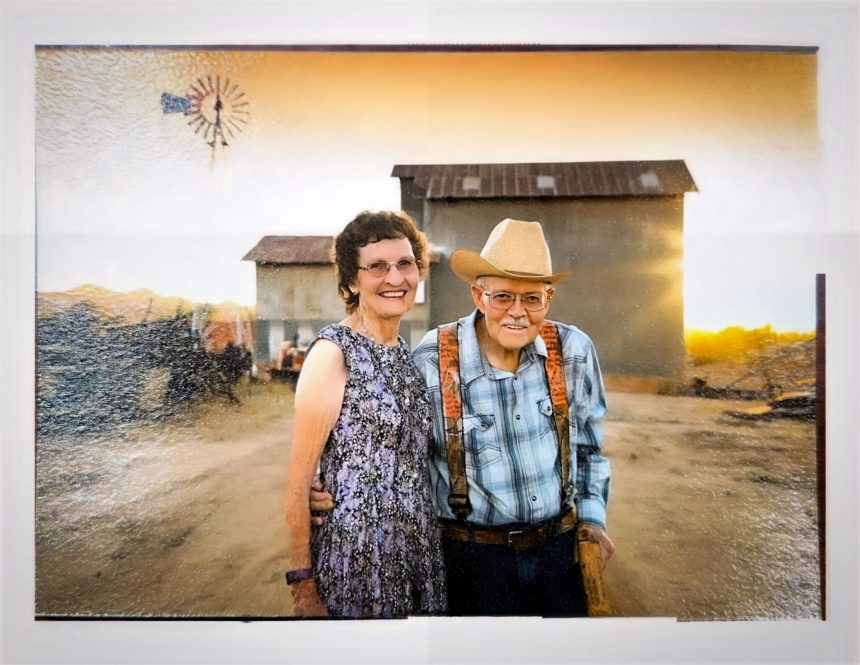Menifee, Birth of a City
As Menifee celebrates 15 years of cityhood, The Progress is looking back at the roots of the fledgling city. In Part One, we explore the mining and agrarian 20th Century through the eyes of still living early settlers. Part Two, (October 27) documents the transition to an exurb, with the arrival of Del Webb’s Sun City in 1962, through to the yearning for cityhood. And Part Three (November 3) will bring us current, with one of the fastest growing cities in California.
By Don Ray
When Betty Bouris moved into their house on Zeiders Road, south of Scott Road in Menifee Valley in 1951, she would hang her laundry outside and take in a spectacular panorama.
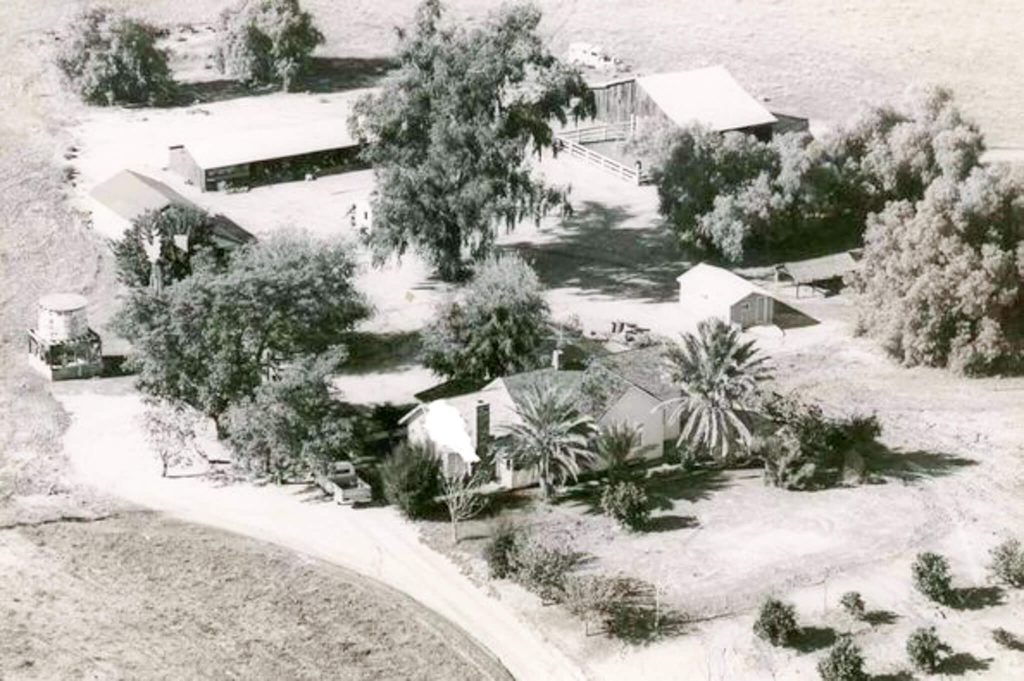
“I could look over miles and miles of wheat,” she said, “either green or amber waves of grain. There were only a hundred people living in valley — and they were all farming.
“And we were farmers as well.”
Her late husband, Hercules (Herk) Bouris was born and raised here, she said.
“We farmed wheat.”
Today, when the 92-year-old looks out her front window, the amber waves of grain are gone.
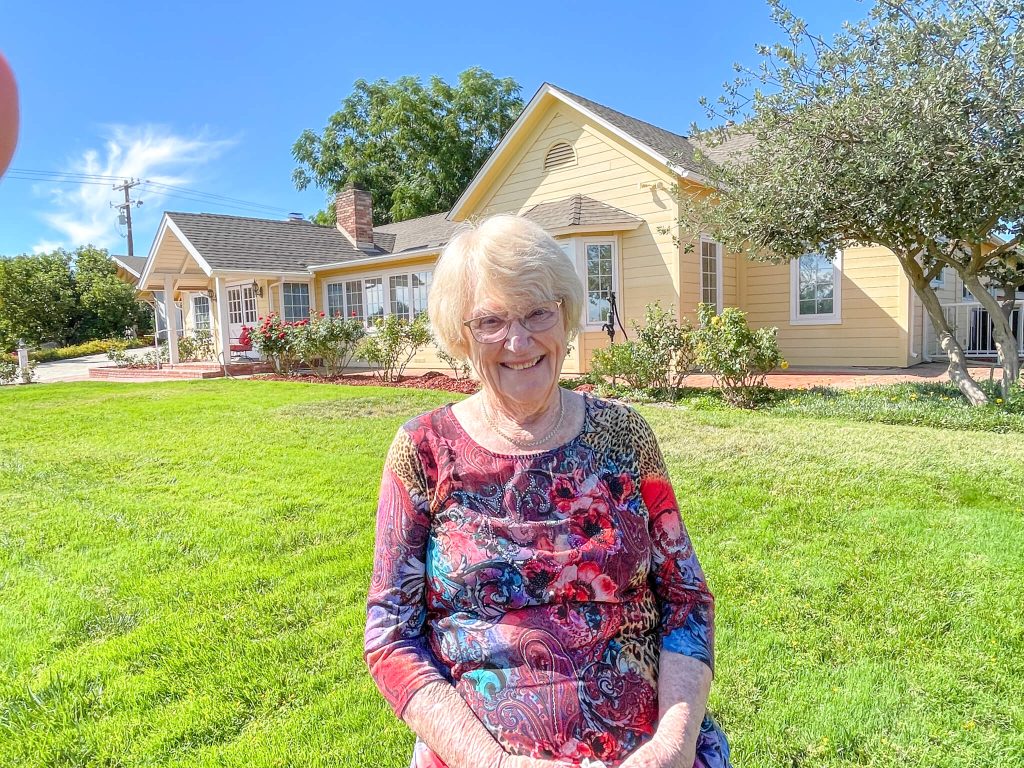
Instead, she sees workers putting the final touches on a massive industrial building across the street.
There’s an irony here.
Bouris, along with Elinor Martin, wrote about the history of the area in their 2006 book, “Images of America — Menifee Valley.” Despite her passion for Menifee’s past, however, she would play a part in mapping out its future.
That story next week.
She and other volunteers of the Menifee Valley Historical Association regularly transport young and old alike on an expedition through time to 7000 BC when the Pechanga civilization lived in “a veritable Garden of Eden” that provided plentiful food and water — without famines or shortages.
They document the arrival of the Spanish and the establishment of Mission San Luis Rey and the 950,000 acres of land where they put the original inhabitants to work herding sheep and doing other tasks.
And they document the arrival of Luther Menifee Wilson a miner from Kentucky, and others in the 1880s who came with picks and shovels in hand to search for gold and other valuable metals. When Wilson struck gold, he recorded his strike as the Menifee Mine, and soon the area was known as the Menifee Valley.
Wilson made more than $18,000 — a fortune back then — before he sold out and left the area in 1899.
The California Southern Railroad built a line from San Diego, through Lake Elsinore and on to Perris in 1884. Two years later promoters lured people from across the U.S. with visions of an ideal climate and the perfect soil to grow wheat.
Within two years, the adventurists from Pennsylvania, Kentucky, Tennessee and even England and Norway rode the rails west to this area in search of fortune, opportunities, health, or just a new start.
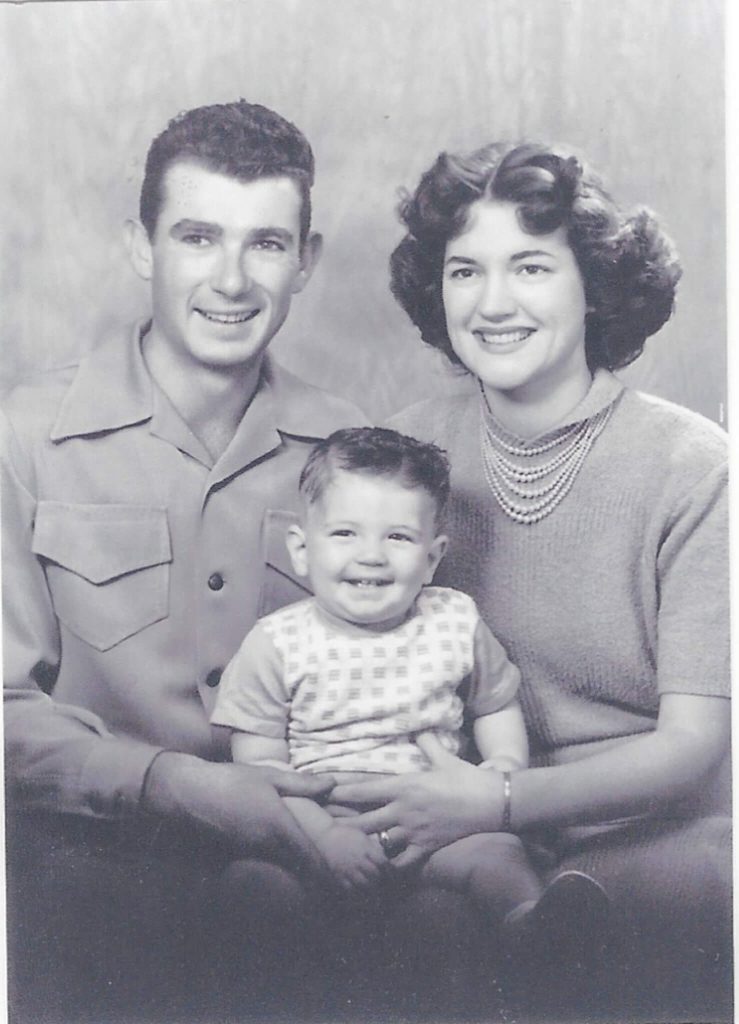
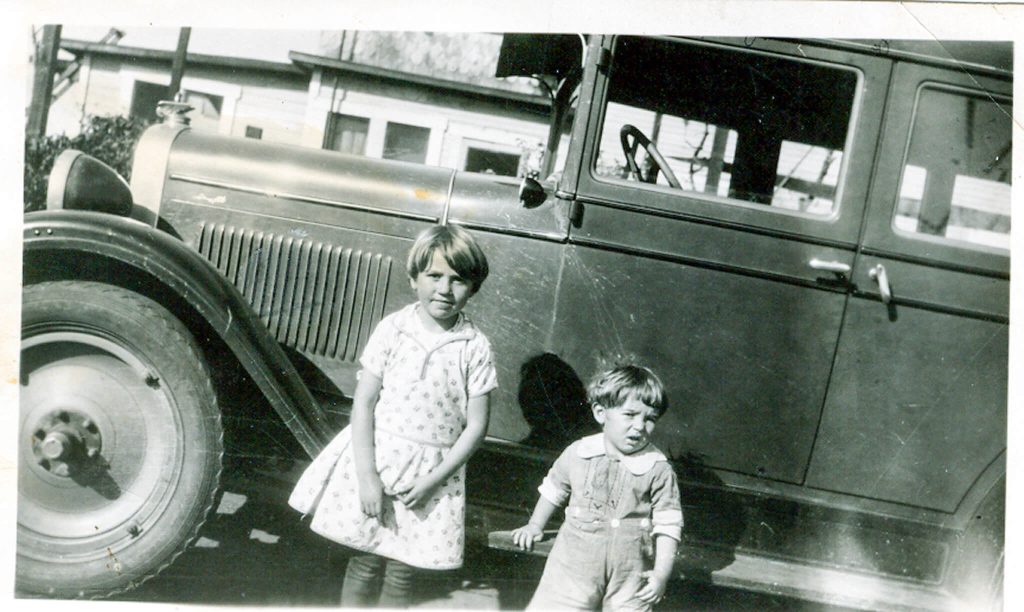
“My family came from Greece originally,” Betty Bouris said, “because it was advertised as having very good climate, for clean soil for growing wheat. And it was all done without rainfall.
“There was no irrigation back then.”
And then in 1890, Menifee opened its first school at the southwest corner of Newport and Bradley roads — not far from a small store, a blacksmith shop and the area’s first post office.
A place called Menifee was on the map.
And for the next six decades, most folks lived on farms of a thousand or two thousand acres. They planted windmills that pumped the water they needed for their livestock and their vegetable gardens.
The local historians document the arrival of retirees in the 1940s who bought five-to-40-acre parcels and turned them into chicken ranches.
By 1946, electricity found its way into the southern part of the valley, and in 1953, Highway 395 covered the footprint of the then-unpaved Antelope Road. It would be decades before the 215 Freeway would storm its way through the valley and erase the earlier highway.
Merle and Ina May Zeiders live only a half mile from Betty Bouris on Zeiders Road — yes, the road got its name from Merle’s father and other family members. Merle was born near there 95 years ago.
His father, Walter Zeiders, was born in Pennsylvania in 1886, he says.
“He rode his motorcycle here,” Merle said. “He got here in 1910.”
He says his dad and a friend made the journey together, but they didn’t have much money.
“They would stop and work at a farm for a few days or a few weeks. And they they’d go on,” he said, “and keep going until they came to California.”
He says his father arrived with only $17 and two cents in his pocket. But he eventually was able to start his own farm and acquire thousands of acres in the area.
He says his father built a big, two-story, six-bedroom house in 1933 out of wood that had come from an old schoolhouse, and they moved in when Merle was about six and a half years old. Merle and Ina May’s grandchildren live in the house today, about a quarter mile north on Zeiders Road.
Merle attended the small Antelope School that was at the southeast corner of Scott Road and what was then Antelope Road. Today the Scott Road offramp from the northbound 215 Freeway covers what was the school’s footprint.
“At that time, we had a teacher living with us,” Merle said, “She didn’t have a car, so she lived with us for four years. When I was in the fifth grade, we got another teacher.”
He said that farm workers also shared the big house with the family.
Today, Merle and Ina May live in a house on Zeiders Road that’s midway between that big house and the farm that Betty Bouris still owns.
But back when Merle Zeiders was a child, Joseph and Harriet Drake owned the house that would become part of the Bouris farm. Betty Bouris says Joseph Drake hauled in wood from Idyllwild to build the house. He completed it in 1888, which may make it the oldest house in Menifee.
The Zeiders, the Drakes, and later the Bouris’s owned or leased thousands of acres of land in and around Menifee where they would grow wheat, barley, oats, and other crops. They all lived on what today is Zeiders Road.
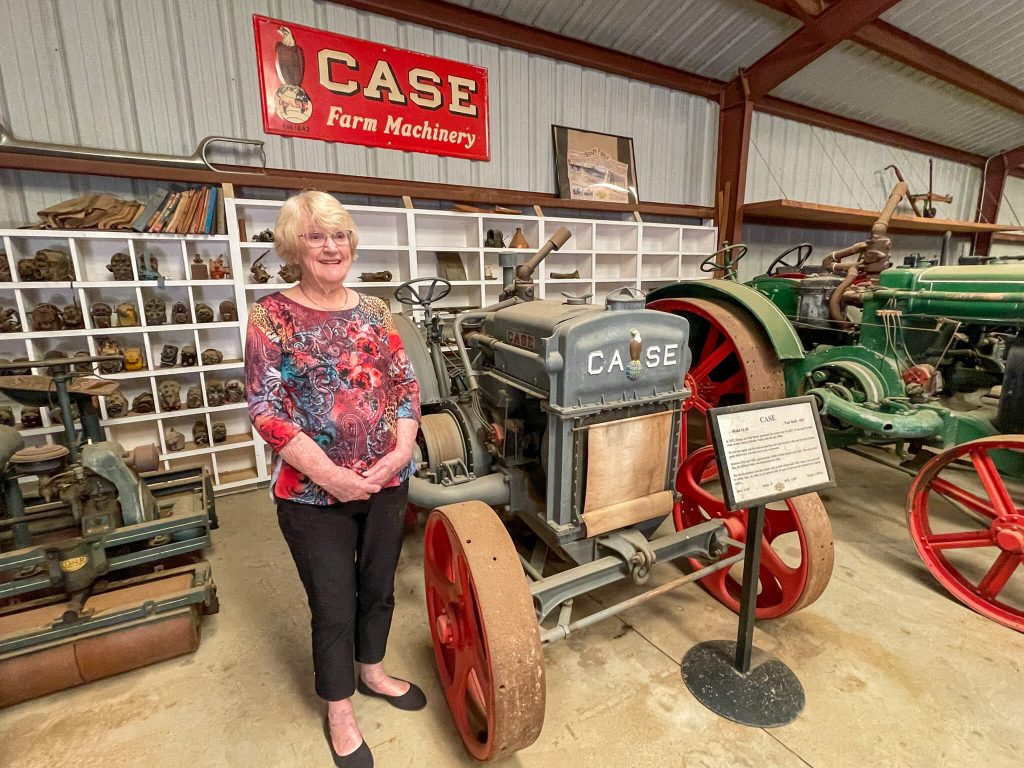
When Merle Zeiders was a child, he says, he raised chickens behind the big, two-story house.
“I would walk up the road and sell 15 to 30 dozen eggs every week.
Today, the east side of Zeiders Road, extending all the way to the 215 Freeway, is home to industrial buildings — some up and running, some under construction, and others in the process of being cleared and graded.
For now, however, a few old timers can close their eyes and see back in time and remember how it used to be.
It’s like being in a library that’s burning down.
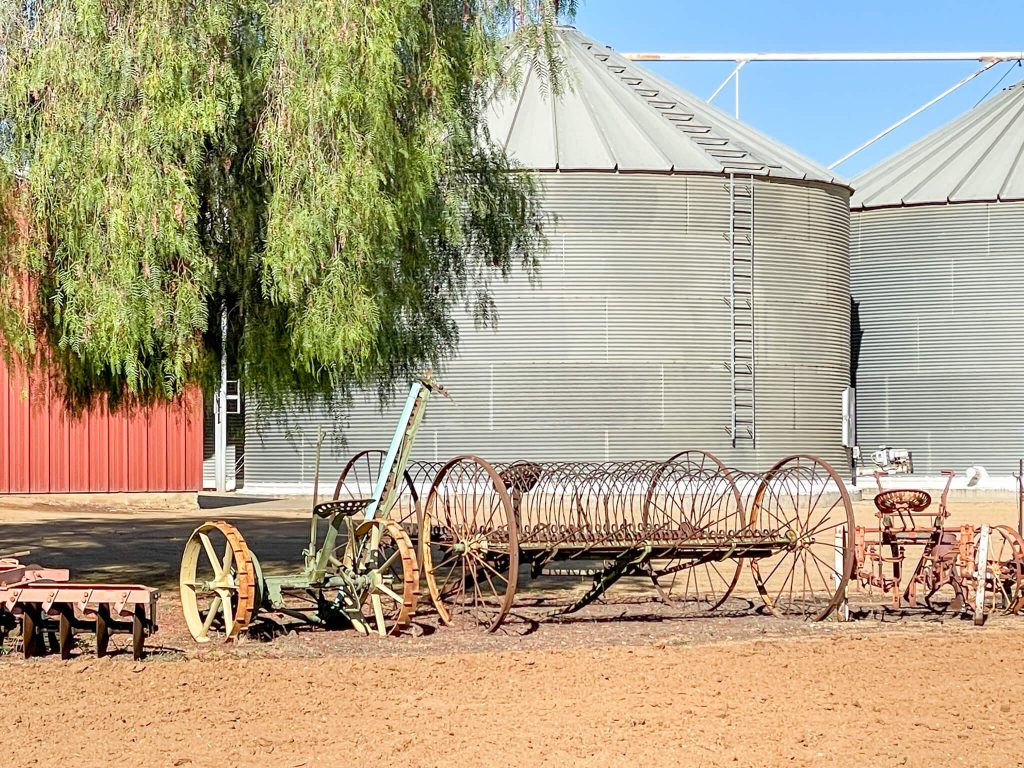
For More Local Perris and Menifee, Ca News visit www.zapinin.com/perris.


